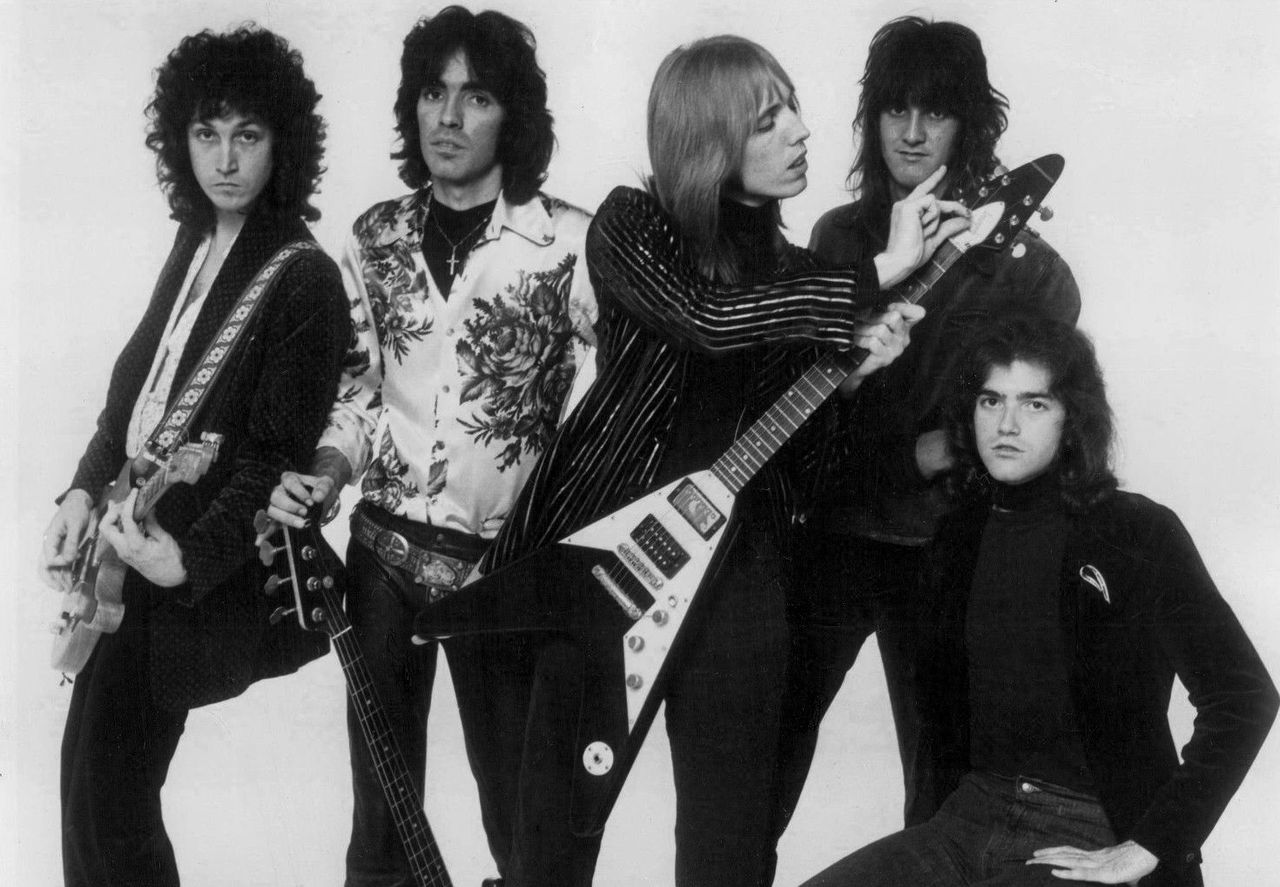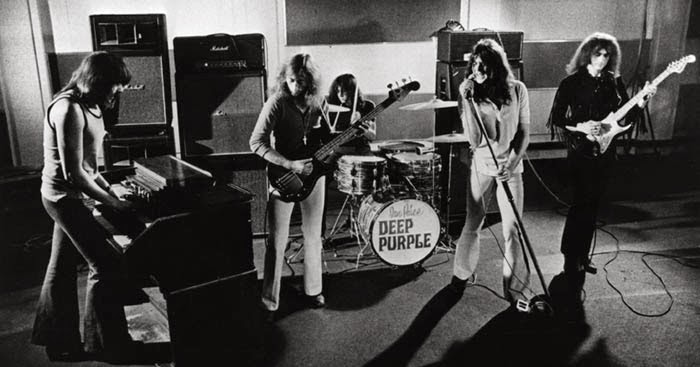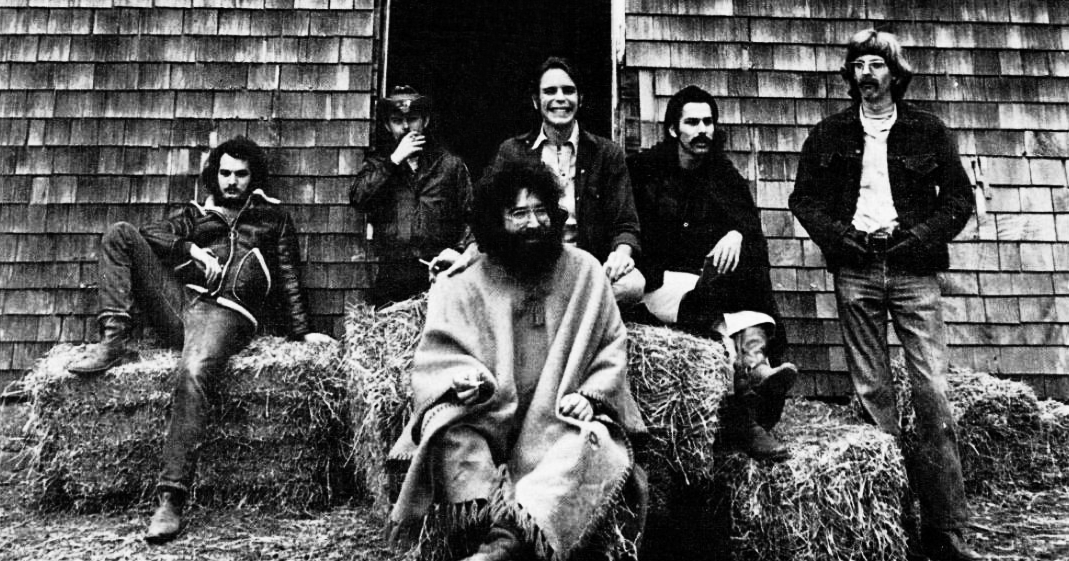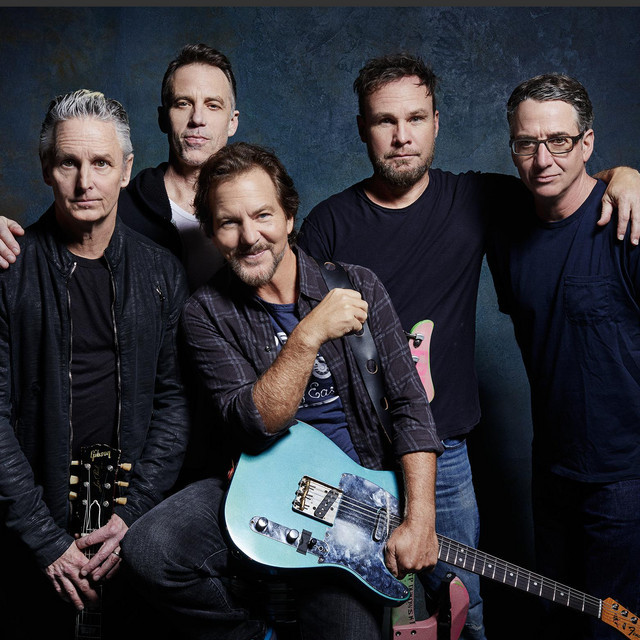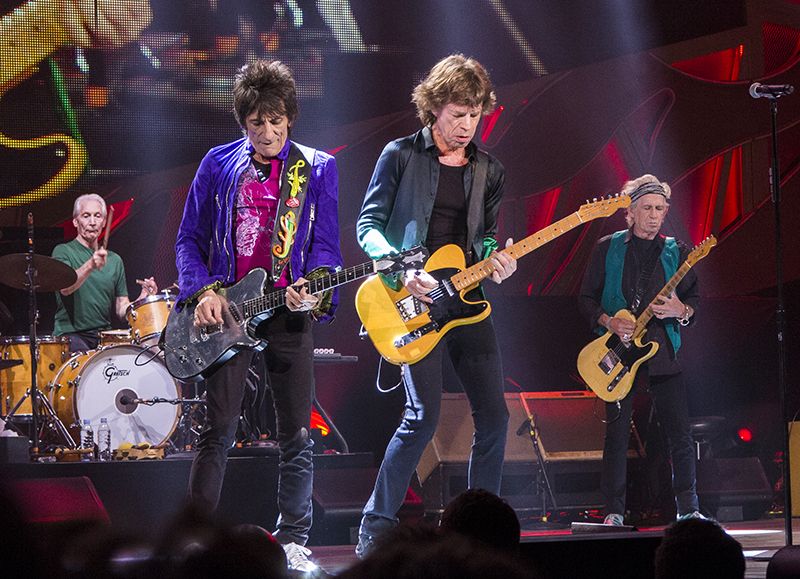Tom Petty and the Heartbreakers
Introduction
Tom Petty and the Heartbreakers are an American rock band formed in 1976 in Gainesville, Florida. The band is best known for their classic rock sound and hits such as “American Girl,” “Breakdown,” and “Free Fallin’.” The band has released 13 studio albums, four live albums, and four compilation albums, and has sold over 80 million records worldwide. Tom Petty and the Heartbreakers have been inducted into the Rock and Roll Hall of Fame and have been nominated for multiple Grammy Awards. The band has been a major influence on the rock music scene for over four decades and continues to be a popular live act.
The Legacy of Tom Petty and the Heartbreakers: A Look at Their Most Iconic Songs
Tom Petty and the Heartbreakers are one of the most iconic rock bands of all time. From their debut album in 1976 to their final album in 2017, they have created some of the most memorable and beloved songs in rock history. From their classic hits like “American Girl” and “Free Fallin’” to their more recent songs like “I Won’t Back Down” and “Learning to Fly,” the band has left an indelible mark on the music world.
One of the most iconic songs from Tom Petty and the Heartbreakers is “American Girl.” Released in 1977, the song quickly became a classic and is still played on the radio today. The song is a perfect example of the band’s signature sound, with its driving beat and catchy chorus. The lyrics are also timeless, with Petty singing about the struggles of young adulthood and the search for identity.
Another classic song from the band is “Free Fallin’.” Released in 1989, the song quickly became a hit and is still one of the band’s most popular songs. The song is a perfect example of Petty’s songwriting, with its simple yet powerful lyrics and catchy melody. The song is also a great example of the band’s ability to create a unique sound, with its mix of rock, folk, and country elements.
The band’s most recent hit is “I Won’t Back Down.” Released in 1989, the song quickly became a hit and is still one of the band’s most popular songs. The song is a perfect example of Petty’s songwriting, with its uplifting message of perseverance and determination. The song is also a great example of the band’s ability to create a unique sound, with its mix of rock, folk, and country elements.
Tom Petty and the Heartbreakers have left an indelible mark on the music world. From their classic hits to their more recent songs, the band has created some of the most memorable and beloved songs in rock history. Their legacy will live on for generations to come.
Tom Petty and the Heartbreakers: How They Revolutionized Rock Music
Rock music has been around for decades, but few bands have had the lasting impact of Tom Petty and the Heartbreakers. Formed in 1976, the band quickly rose to fame with their debut album, Tom Petty and the Heartbreakers, and their unique blend of rock, folk, and country.
Tom Petty and the Heartbreakers were known for their catchy melodies, tight harmonies, and heartfelt lyrics. Their sound was a mix of classic rock and roll, folk, and country, and they often incorporated elements of blues and jazz. They were also known for their energetic live performances, which often featured extended guitar solos and improvisation.
The band’s influence can be heard in the music of many of today’s popular artists, including Bruce Springsteen, John Mellencamp, and The Black Keys. They also inspired a generation of musicians, including the likes of Foo Fighters, The Killers, and Kings of Leon.
Tom Petty and the Heartbreakers were also pioneers in the music industry. They were one of the first bands to embrace the concept of independent record labels, and they were also one of the first to embrace the idea of touring extensively. This allowed them to reach a wider audience and build a loyal fan base.
Tom Petty and the Heartbreakers were also known for their activism. They often spoke out against corporate greed and the exploitation of musicians. They also supported causes such as environmentalism and animal rights.
Tom Petty and the Heartbreakers revolutionized rock music and left an indelible mark on the music industry. Their unique sound, activism, and independent spirit have inspired generations of musicians and fans alike.
The Influence of Tom Petty and the Heartbreakers on Modern Music
Tom Petty and the Heartbreakers have had a profound influence on modern music. From their debut album in 1976 to their most recent release in 2014, the band has consistently produced music that has resonated with fans and musicians alike.
The band’s sound is a unique blend of rock, folk, and country, and their songs often feature catchy hooks and memorable lyrics. Tom Petty’s songwriting style is often characterized by its simplicity and directness, and his lyrics often reflect his own life experiences. His songs often explore themes of love, loss, and hope, and his music has been described as “heartfelt and honest.”
The band’s influence can be heard in the music of many modern artists, including the likes of Foo Fighters, The Killers, and Kings of Leon. Tom Petty’s influence can also be heard in the music of more recent artists such as The Lumineers, The Head and the Heart, and The Avett Brothers.
The band’s influence is not limited to just modern music. They have also had a major impact on the music industry as a whole. Tom Petty and the Heartbreakers were one of the first bands to embrace the idea of self-promotion and independent record labels. They also helped to popularize the concept of the “album-oriented rock” format, which allowed for longer, more complex songs to be released on a single album.
Tom Petty and the Heartbreakers have had a lasting impact on modern music, and their influence can be heard in the music of many artists today. Their music is timeless and their influence will continue to be felt for years to come.
